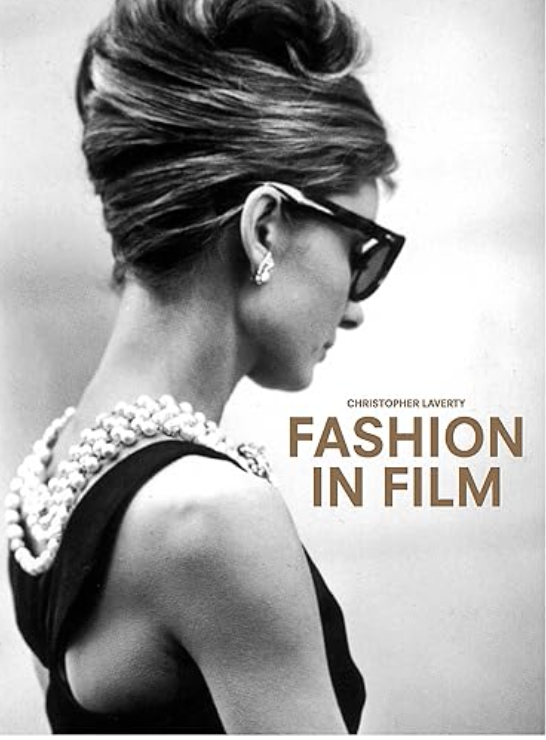Fashion as a Symbol of Power:
Miranda Priestly, as the powerful editor-in-chief of Runway magazine, uses fashion as a means of control and influence. Her impeccably curated wardrobe serves as both a reflection of her status and a tool to intimidate and assert authority.
Through Miranda’s character, the film illustrates how clothing choices can communicate social hierarchies and power dynamics. Miranda’s signature looks, often comprising high-fashion designer pieces, signify her elite status within the industry and demand respect from those around her.

Conversely, Andy’s initial indifference towards fashion and her choice of frumpy attire symbolize her outsider status within the fashion world. As she becomes more integrated into the industry, her wardrobe undergoes a transformation, mirroring her evolving identity and aspirations.
Personal Identity and Transformation:
Andy Sachs’s journey serves as the central narrative arc of the film, as she navigates the demanding and cutthroat environment of Runway magazine. Initially viewing fashion as superficial, Andy gradually comes to understand its significance and the role it plays in her personal and professional life.
Her transformation is mirrored in her changing appearance, as she adopts a more polished and fashion-forward style to fit in with her colleagues and impress Miranda. This evolution raises questions about the intersection of personal identity and conformity within the fashion industry.

Gender Dynamics in the Workplace:
The Devil Wears Prada” offers insights into the gendered dynamics of the fashion industry, where women often occupy positions of power but face heightened scrutiny and expectations related to appearance and behavior.
Miranda Priestly embodies the complexities of navigating gender roles in a male-dominated industry. While she commands respect and authority, she also faces criticism and scrutiny for her assertiveness and demanding nature.
Andy’s experiences highlight the pressures faced by women in the workplace to balance professionalism with societal expectations of femininity. Her interactions with male colleagues and romantic interests further underscore the challenges of asserting oneself in a competitive environment.

Consumerism and Image Culture:
The film explores the pervasive influence of consumerism and image culture, particularly through the lens of fashion magazines like Runway. These publications not only shape trends and tastes but also perpetuate unrealistic beauty standards and notions of success.
Characters like Emily and Andy grapple with the pressure to conform to these ideals, as they navigate the demands of their roles at Runway. The film critiques the superficiality of image-driven industries while also acknowledging the allure and power they hold over consumers.

The Influence of Industry Insiders:
The film’s portrayal of characters inspired by real-life fashion figures adds authenticity and depth to its depiction of the industry. Miranda Priestly’s character draws parallels to influential figures like Anna Wintour, whose reputation for exacting standards and formidable presence precedes them.
By incorporating elements of real-world fashion culture, “The Devil Wears Prada” offers audiences a glimpse into the inner workings of an industry often shrouded in glamour and mystique. This authenticity lends credibility to the film’s exploration of power dynamics and personal transformation within the fashion world.
By examining these themes in greater detail, an analysis of “The Devil Wears Prada” provides valuable insights into the complex interplay of power, identity, and ethics within the fashion industry.


